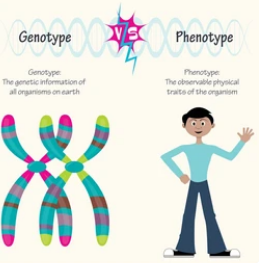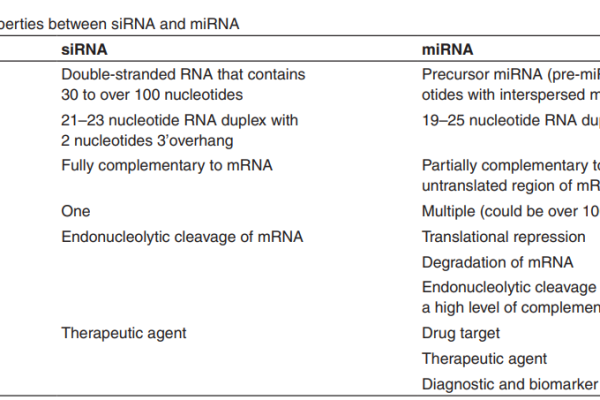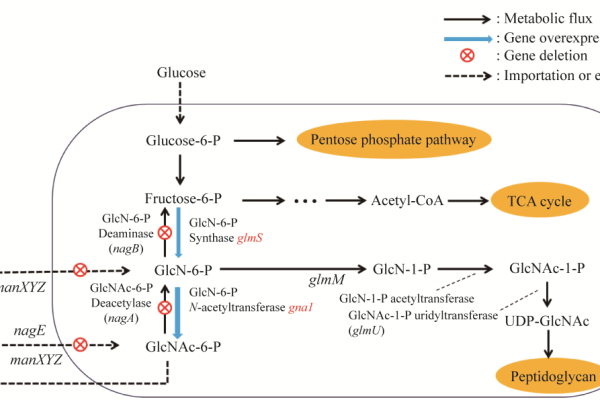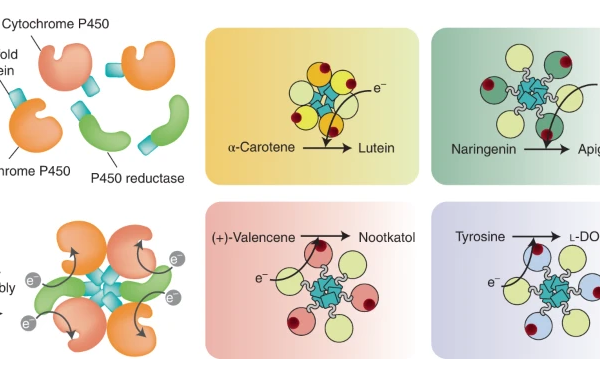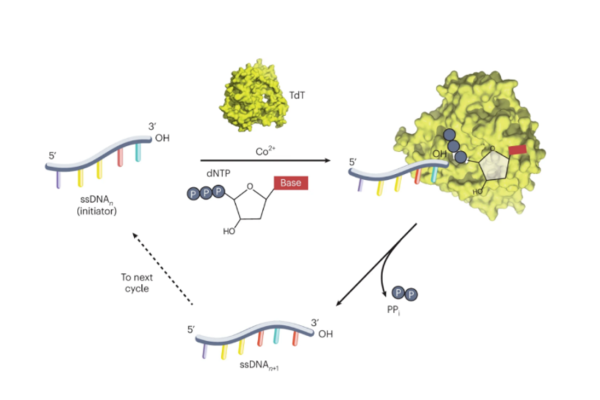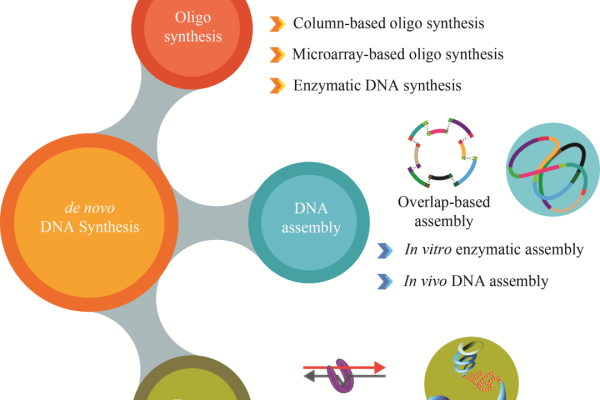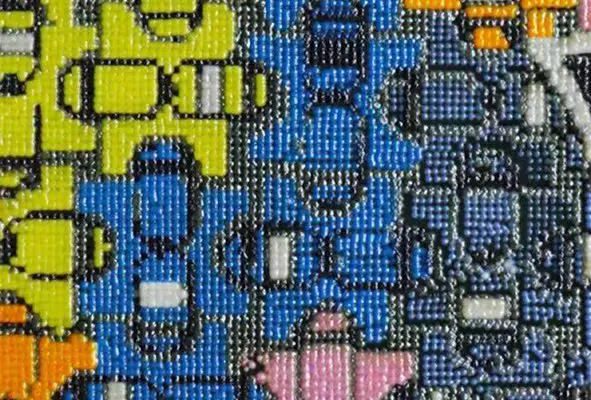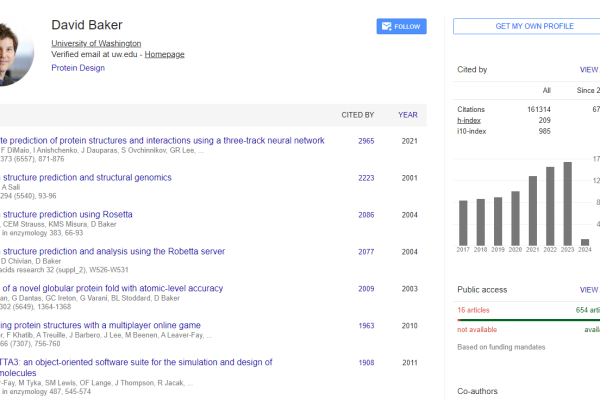
The Protein Revolution: A Deep Dive into David Baker’s Monumental Contribution
In the realm of protein research, few names resonate as deeply as that of David Baker. His significant work has effectively sculpted our understanding of proteins, their complex structures, and their multifaceted functions. This blog aims to delve into Baker’s remarkable contributions, providing an in-depth exploration of his work on protein structure prediction, protein design,…






